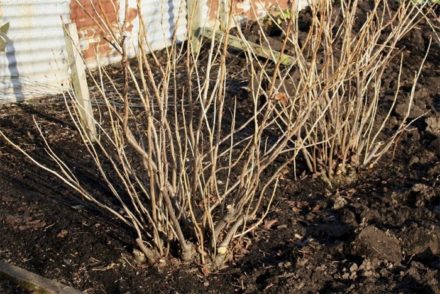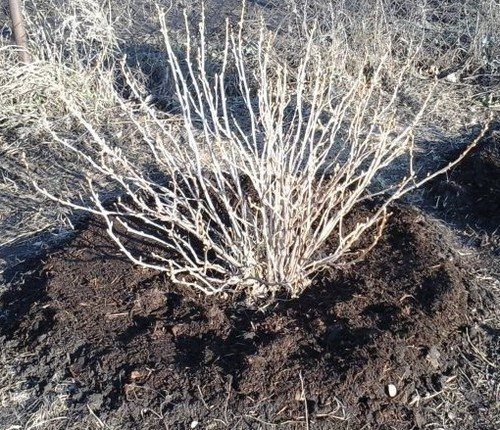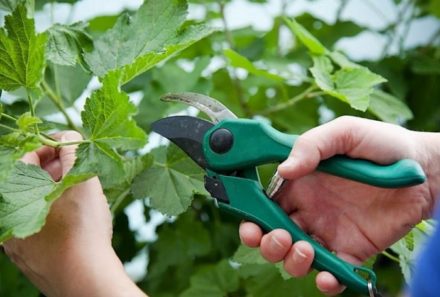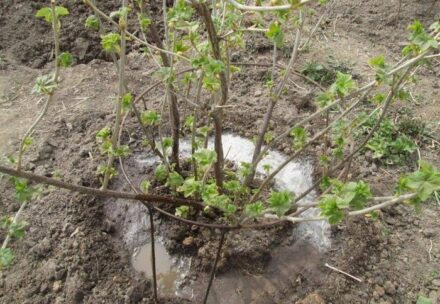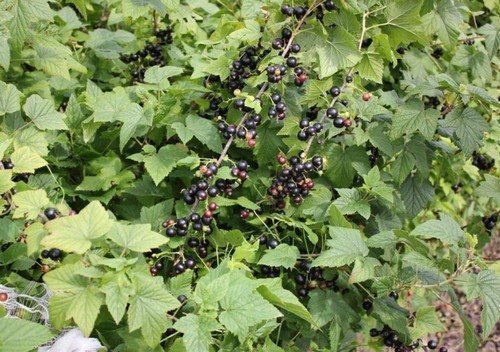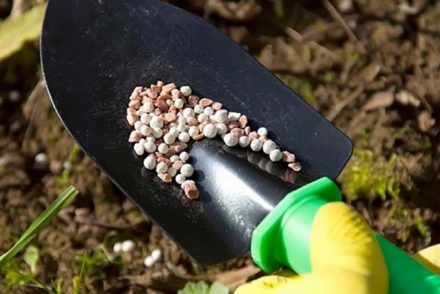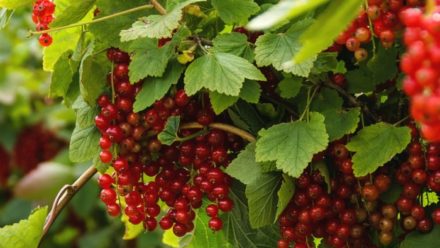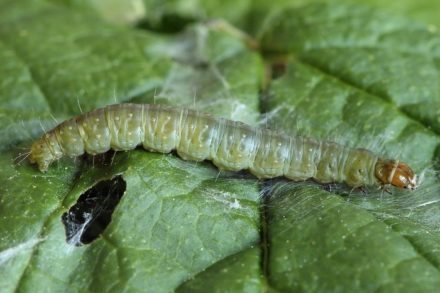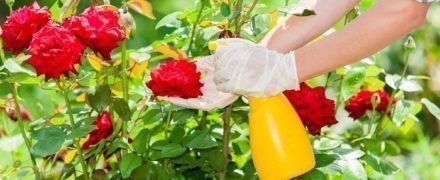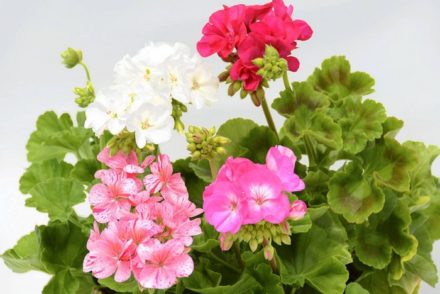There is hardly a plot where not a single currant bush grows. This plant is famous for the beneficial properties of its berries and leaves, tolerates adverse weather conditions well, and bears fruit abundantly. This is the reason for the popularity of this culture. To get a good harvest of currant berries, you need to know what reasons affect the growth of bushes and how and when they should be eliminated.
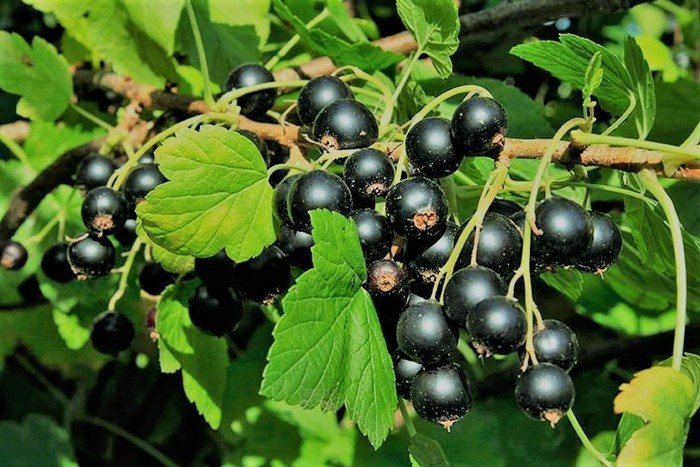
Reasons affecting the growth and yield of currants
Currant bushes, like other fruit and berry crops, are susceptible to unfavorable factors and the development of diseases, which negatively affects productivity. The main reasons for poor currant growth are:
- The planting site for the bush was chosen incorrectly. The currant may not have enough sunlight or the bush may be located in a drafty area. This should be avoided so that the flowering and harvest are abundant, and the berries are large and tasty. The soil at the planting site may also not be suitable for the crop. Acidic or swampy soil will significantly slow down the growth of the plant and reduce the number of fruits, so you should choose a place with good, light, loose black soil with a neutral Ph.
- Pests. Pests in the garden can become very dangerous neighbors that can harm more than one plant. The most common “enemies” of currants are mites, aphids, leaf gall midges, scale insects and sawflies.Their appearance significantly reduces the likelihood of obtaining a good harvest and can even lead to the death of the plant.
- Currant diseases. It is very important to ensure that the bushes are healthy and the leaves have the correct shape, size and color. If the disease is detected in a timely manner, the bush can be easily preserved. Currants can be affected by fungus - powdery mildew, white and red spotting, rust. All these diseases affect the growth and fertility of the bush.
- Aging. As banal as it may sound, currant bushes also have a period of abundant fruiting. If for a long time the bush consistently produced a good harvest, and then the berries became fewer and fewer, and then they disappeared completely, it is worth drawing a conclusion about the aging of the plant.

What and when should you do to get an excellent currant harvest?
Spring is the best time to carry out preventive measures designed to improve plant growth and avoid problems with their fruiting quality. What needs to be done before the buds wake up and sap flow begins in order to get a good currant harvest:
- Replant the bush if the landing site was chosen incorrectly.
- Prune dead, diseased branches and shoots.
- If necessary, supplement the soil under the plant.
- Treat bushes against pests and diseases with special solutions.


